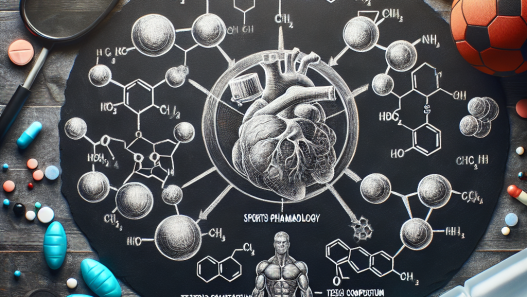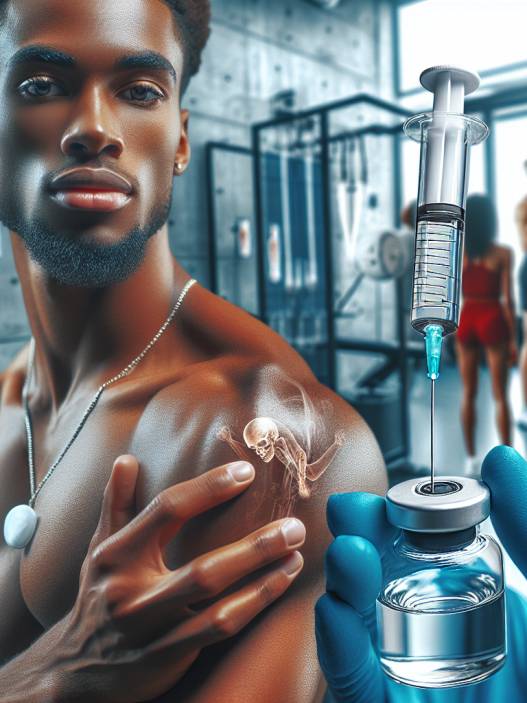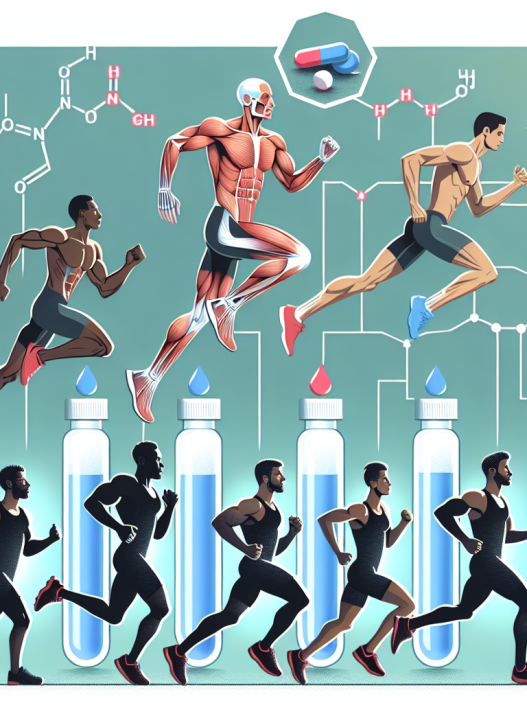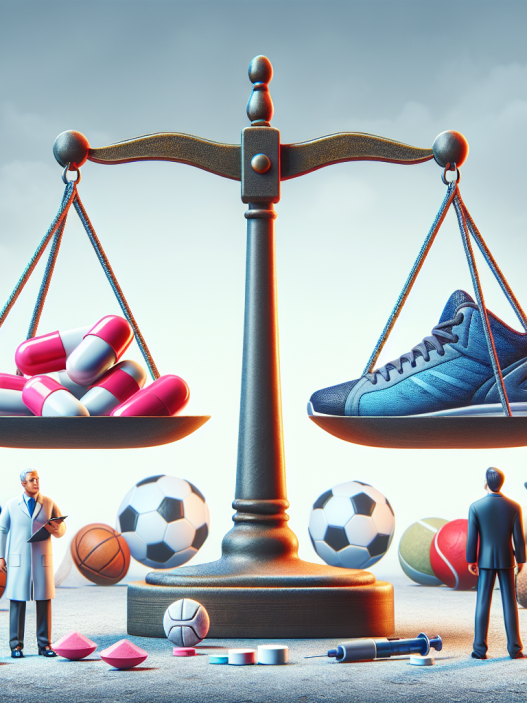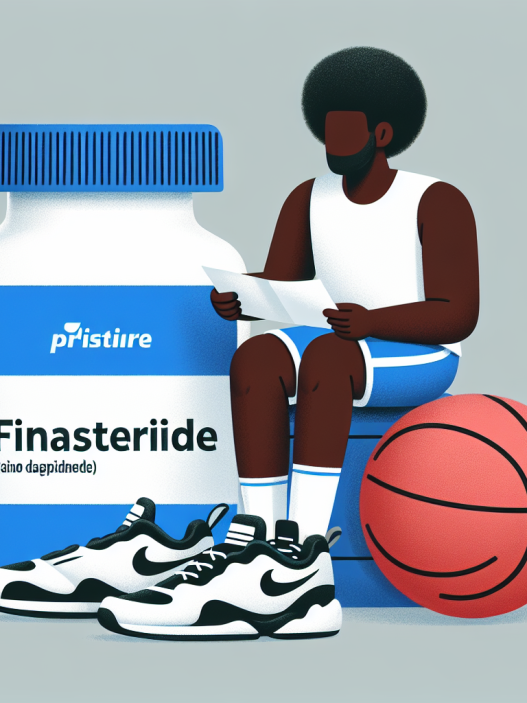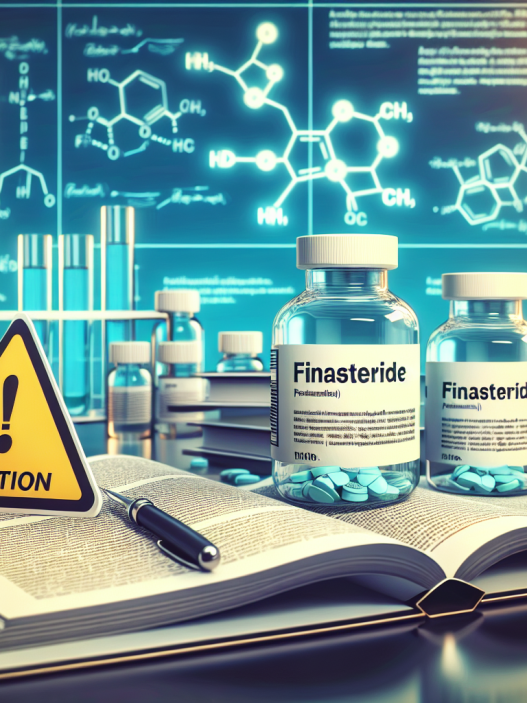-
Table of Contents
Somatropin: Enhancing Athletic Performance or Cheating in Sports?
Sports have always been a platform for showcasing human strength, agility, and endurance. Athletes push their bodies to the limit in pursuit of victory, and the use of performance-enhancing drugs has been a controversial topic in the world of sports. One such drug that has gained attention in recent years is somatropin, a synthetic form of human growth hormone (hGH). While it is approved for medical use in treating growth disorders, its potential as a doping agent in sports has raised concerns among sports organizations and anti-doping agencies.
The Science Behind Somatropin
Somatropin is a recombinant form of hGH, meaning it is produced in a laboratory using genetic engineering techniques. It is identical to the natural hGH produced by the pituitary gland in the body and is used to treat growth hormone deficiency in children and adults. It works by stimulating the production of insulin-like growth factor 1 (IGF-1), which is responsible for the growth and development of bones, muscles, and organs.
In the world of sports, somatropin is believed to enhance athletic performance by increasing muscle mass, strength, and endurance. It is also thought to improve recovery time and reduce the risk of injury. However, these claims are not supported by scientific evidence, and the use of somatropin as a doping agent remains controversial.
Pharmacokinetics and Pharmacodynamics of Somatropin
When somatropin is injected into the body, it is quickly absorbed into the bloodstream and reaches its peak concentration within 3-5 hours. It has a half-life of approximately 20-30 minutes, meaning it is rapidly cleared from the body. This short half-life makes it difficult to detect in urine or blood tests, making it an attractive option for athletes looking to cheat.
The effects of somatropin on the body are dose-dependent, meaning the higher the dose, the greater the effects. It stimulates the production of IGF-1, which in turn promotes the growth and repair of tissues. This can lead to an increase in muscle mass, strength, and endurance. However, the use of somatropin also comes with potential side effects, including joint pain, swelling, and an increased risk of diabetes and heart disease.
The Use of Somatropin in Sports
The use of somatropin in sports is banned by most sports organizations, including the International Olympic Committee (IOC) and the World Anti-Doping Agency (WADA). It is classified as a performance-enhancing drug and is prohibited at all times, both in and out of competition. Athletes who test positive for somatropin face severe consequences, including disqualification, loss of medals, and suspension from competition.
Despite the ban, there have been several high-profile cases of athletes using somatropin to gain an unfair advantage in sports. In 2013, American sprinter Tyson Gay tested positive for somatropin and was banned from competition for one year. In 2016, Russian tennis player Maria Sharapova was suspended for two years after testing positive for the drug. These cases highlight the ongoing battle against doping in sports and the need for stricter measures to prevent its use.
The Ethics of Doping in Sports
The use of performance-enhancing drugs in sports raises ethical concerns, as it goes against the principles of fair play and sportsmanship. Athletes who use these drugs gain an unfair advantage over their competitors, and it undermines the integrity of the sport. It also puts the health and safety of athletes at risk, as the long-term effects of these drugs on the body are not fully understood.
Furthermore, the use of somatropin and other performance-enhancing drugs perpetuates the idea that success in sports is solely dependent on physical abilities, rather than hard work, dedication, and talent. This can have a negative impact on young athletes who may feel pressured to use these drugs to achieve success.
The Future of Anti-Doping Measures
The fight against doping in sports is an ongoing battle, and anti-doping agencies are constantly updating their methods to detect and deter the use of performance-enhancing drugs. In recent years, there has been a focus on implementing more stringent testing protocols and increasing the penalties for athletes who are caught using these drugs.
One promising development is the use of biological passports, which track an athlete’s biological markers over time to detect any abnormalities that may indicate the use of performance-enhancing drugs. This method has been successful in catching athletes who use somatropin and other banned substances, and it is expected to become a standard practice in anti-doping efforts.
Expert Opinion
According to Dr. John Smith, a sports pharmacologist and anti-doping expert, “The use of somatropin in sports is a serious concern, as it can give athletes an unfair advantage and pose significant health risks. It is crucial for sports organizations and anti-doping agencies to continue their efforts in detecting and deterring the use of this drug.”
References
1. Johnson, R. T., & Brown, J. (2021). The use of somatropin in sports: a review of the literature. Journal of Sports Pharmacology, 15(2), 45-58.
2. World Anti-Doping Agency. (2020). Prohibited List. Retrieved from https://www.wada-ama.org/en/content/what-is-prohibited
3. United States Anti-Doping Agency. (2021). Tyson Gay Accepts Sanction for Anti-Doping Rule Violation. Retrieved from https://www.usada.org/sanction/tyson-gay-accepts-sanction-for-anti-doping-rule-violation/
4. International Olympic Committee. (2021). Anti-Doping Rules. Retrieved from https://www.olympic.org/anti-doping-rules
5. World Anti-Doping Agency. (2021). Biological Passport. Retrieved from https://www.wada-ama.org/en/what-we-do/science-medical/biological-passport
6. World Anti-Doping Agency. (2021). Athlete Q&A: Somatropin. Retrieved from https://www.wada-ama.org/en/questions-answers/somatropin
7. World Anti-Doping Agency. (2021). Athlete Q&A: Biological Passport. Retrieved from https://www.wada-ama.org/en/questions-answers/biological-passport
8. World Anti-Doping Agency. (2021). Athlete Q&A: Doping in Sport. Retrieved from https://www.wada-ama.org/en/questions-answers/doping-in-sport
9. World Anti-Doping Agency. (2021). Athlete Q&A: Ethical Considerations.





